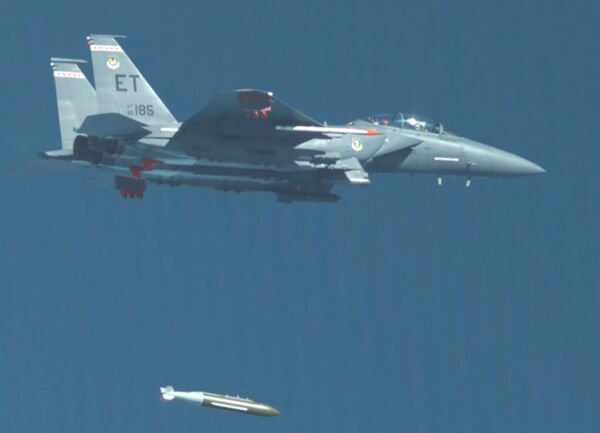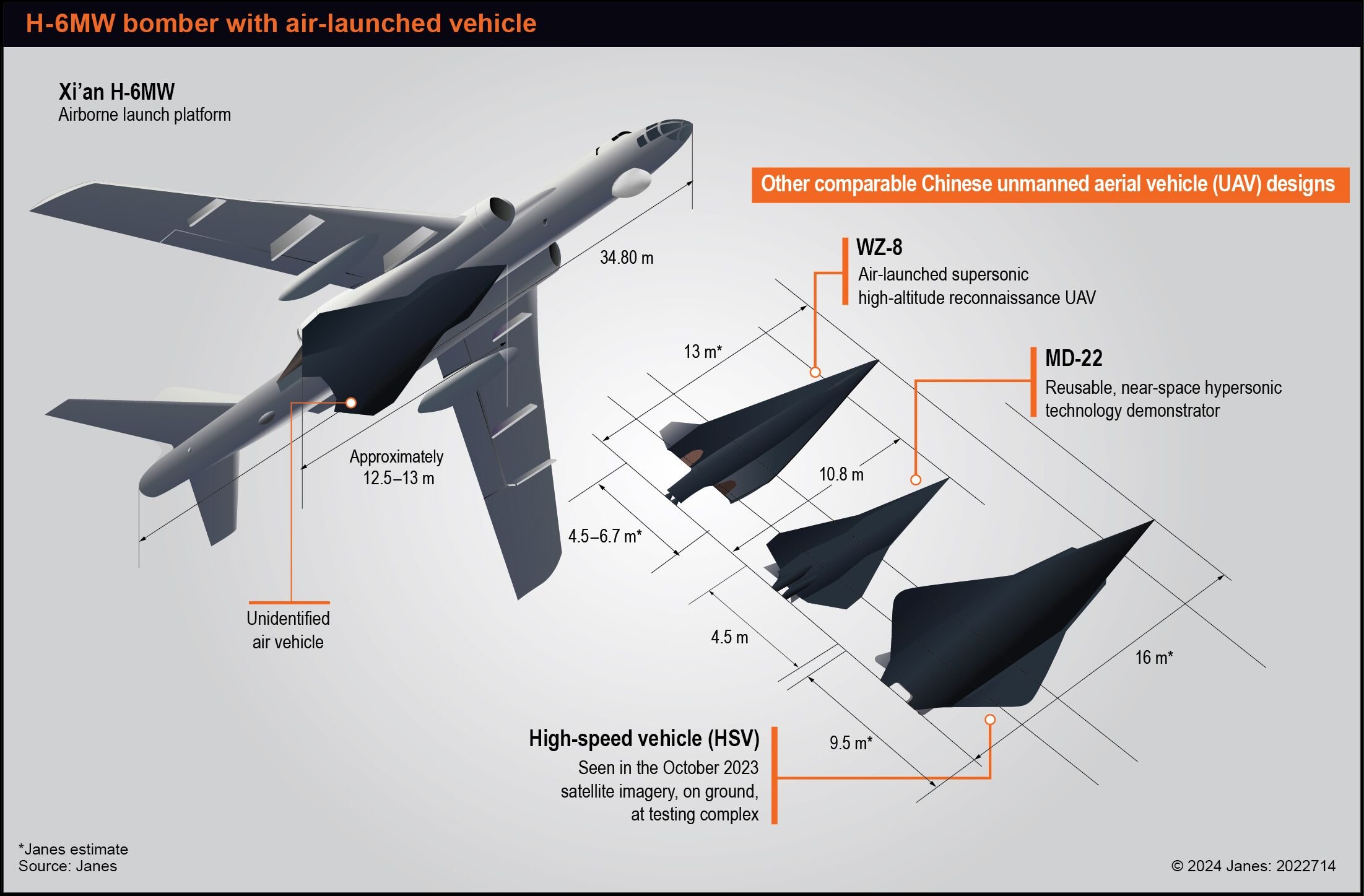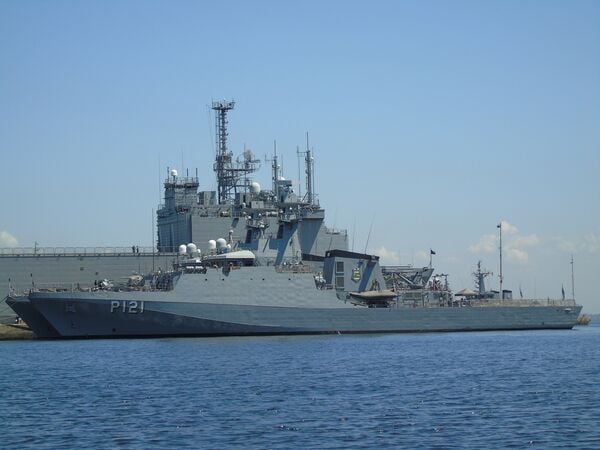- About
- Intara
- Capabilities
- Advisory
- Resources
- News
- Store
US Air Force drops new ‘bunker buster' bomb for first time
13 October 2021
by Gareth Jennings


The new GBU-72 bunker buster bomb being dropped from an F-15E Strike Eagle during a series of tests now announced by the US Air Force. (US Air Force)
The US Air Force (USAF) has performed the first test drops of its new Boeing Guided Bomb Unit‐ (GBU)-72 Advanced 5K (A5K) Penetrator, releasing the ‘bunker buster' bomb from a Boeing F-15E Strike Eagle.
The service announced on 12 October that it had dropped the 5,000 lb weapon (the 5K in its moniker) on several occasions during a series of tests from late July through to early October.
“That series included the first-ever weapons load, flight and release of the weapon 23 July,” the USAF said. “The test series, deemed a success by the Armament Directorate's Direct Attack Division, consisted of three flights”. The USAF noted that the final drop took place into the Elgin Air Force Base (AFB) range in Florida on 7 October, marking the end of the flight trials planned by the 780th Test Squadron and performed by the 40th Flight Test Squadron.
New aerial vehicle seen on Chinese H-6 bomber
24 April 2024
by Akhil Kadidal


This conceptualised graphic of a new air-launched vehicle recently carried by a Xi'an H-6MW bomber is based on a low-quality photograph. The new air vehicle is possibly based on the design and development of other Chinese air vehicles such as the WZ-8 and MD-22, and a new HSV. (Janes)
A Chinese Xi'an Aircraft Company (XAC) H-6MW bomber has been photographed in flight while carrying a new type of air-launched vehicle.
The H-6MW is a specialised, cruise missile-carrying variant of the People's Liberation Army Air Force's (PLAAF's) strategic bomber. Janes has previously assessed that the aircraft is the airborne launch platform for the Aviation Industry Corporation of China (AVIC) WZ-8 supersonic, high-altitude reconnaissance unmanned aerial vehicle (UAV).
However, the new aerial vehicle seen carried by the bomber differs in design from the WZ-8, suggesting it could be part of a new programme to develop a supersonic or hypersonic air vehicle. A photograph of the H-6MW carrying the new aerial vehicle first appeared on Chinese social media from the third week of April. The programme is likely inspired by the WZ-8 programme.
Vietnam outlines intent to procure K9 howitzer
24 April 2024
by Kapil Kajal


The K9 SPH has a combat weight of 46.3 tonnes, a top road speed of 67 km/h, and an operational range of 360 km. (Hanwha Defense)
Vietnam's Ministry of Defence (MoD) has indicated that it is planning to procure the K9 self-propelled howitzer (SPH) – developed and produced by South Korea's Hanwha Aerospace – for the People's Army of Vietnam.
Vietnamese Vice-Minister of National Defence Hoang Xuan Chien expressed an intention to procure the K9 at the ‘11th Korea-Vietnam Defense Strategy Dialogue' held in Hanoi on 23 April, according to a press release issued by the South Korea's Ministry of National Defense (MND) one day later.
“Chien evaluated Korea's weapons systems and expressed his intention to expand defence industry co-operation, including the introduction of Korean weapon systems such as the K9 SPH [into the People's Army of Vietnam] and requested co-operation from the Korean government for this purpose,” the MND said.
In addition, the two sides agreed to strengthen co-operation in areas such as maritime security, cyber security, and logistics, the MND added.
Brazil to update OPV radar systems
23 April 2024
by Victor Barreira


The Brazilian Navy wants to improve the radar capabilities of its OPVs. (Victor Barreira)
As part of an effort to update its Amazonas-class offshore patrol vessels (OPVs), the Brazilian Navy is acquiring a new air and surface search radar with identification friend-or-foe capability (IFF), according to the Navy Weapon Systems Directorate (Diretoria de Sistemas de Armas da Marinha: DSAM).
The Brazilian Naval Commission in Washington, DC, (Comissão Naval Brasileira em Washington: CNBW) on behalf of the DSAM has requested a request for information (RFI) and the price availability for up to three radars on 25 March.
The navy seeks to recover the combat capability of the OPVs by updating several of the ship's systems, the Navy Directorate-General for Material (Diretoria-Geral do Material da Marinha: DGMM) recently told Janes .
The modernisation of the OPVs will be carried out by the DSAM, the DGMM added, without detailing a schedule and the scale of the effort.
The DSAM is subordinated to the DGMM.
The US Air Force (USAF) has performed the first test drops of its new Boeing Guided Bomb Unit‐ (GBU)...
Latest Podcasts
Iran Israel analysis
In this podcast Janes analysts discuss the Iranian attacks on Israel on the 14 April. They highlight the military systems used by Iran and the performance and impact of these on Israel. They also discuss the implications of this attack goi...
Listen nowJanes Case Studies
Using Janes Intara to build a common intelligence picture: Russian build up on the Ukrainian border
View Case StudyNews Categories
 Defence Details
Defence Details